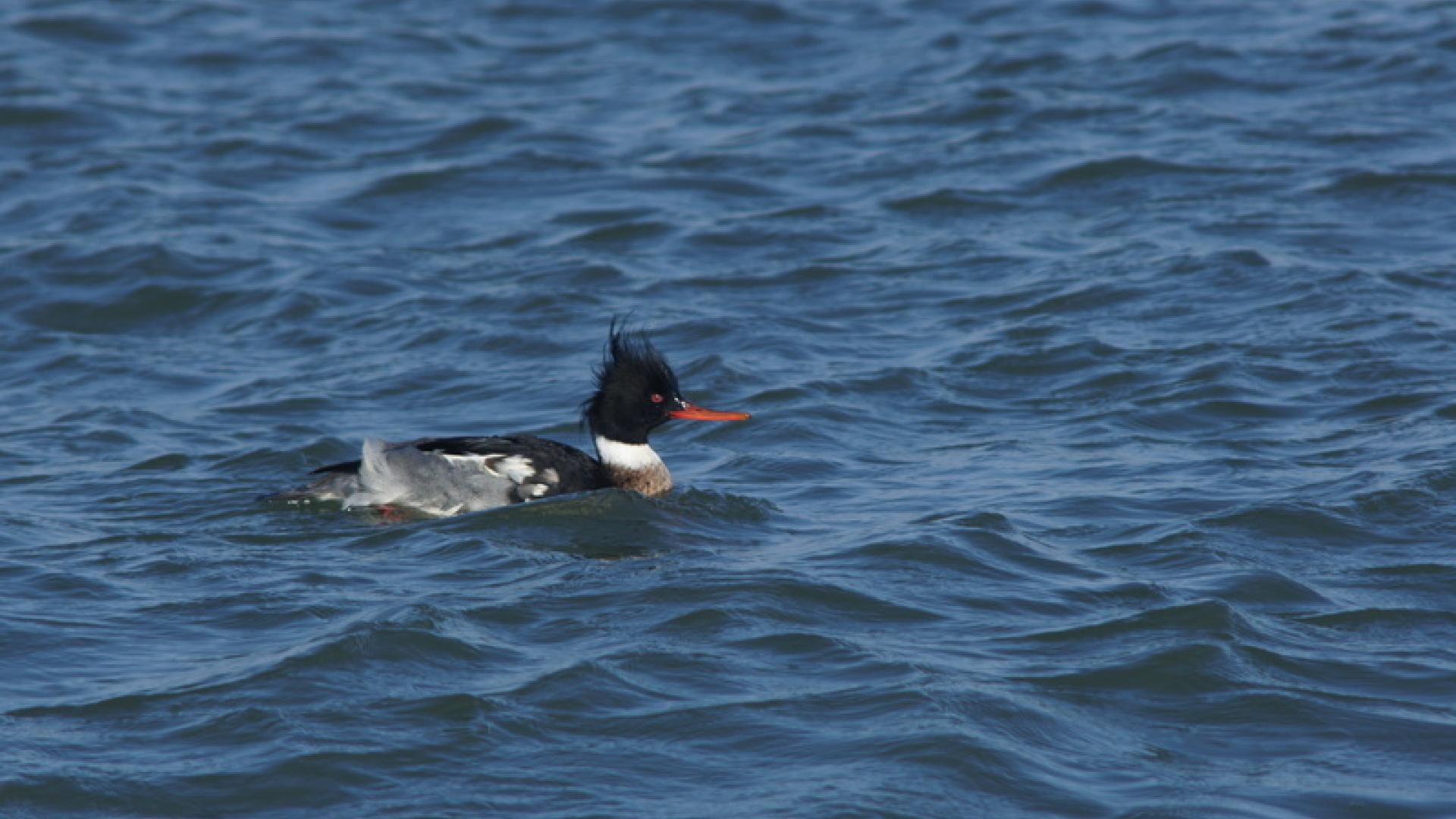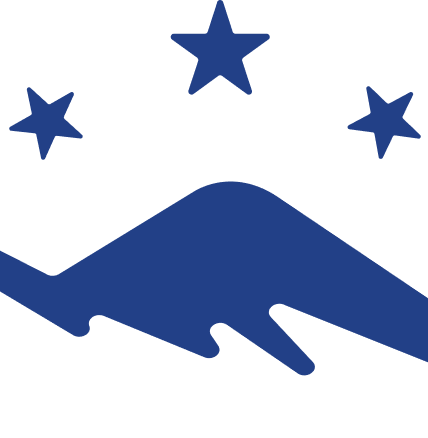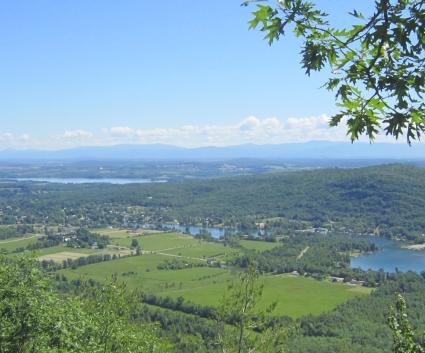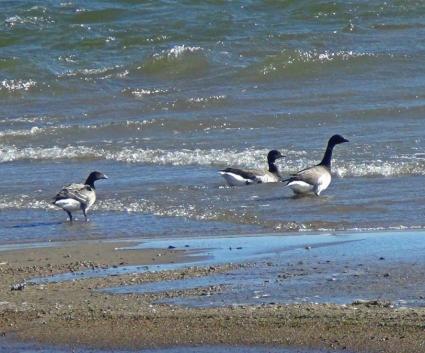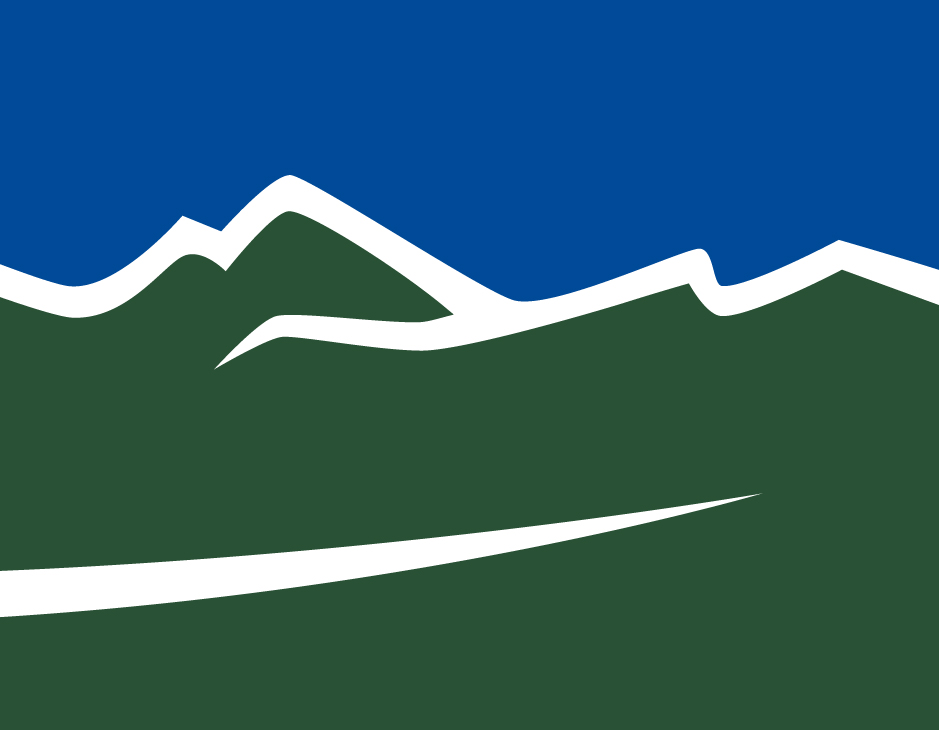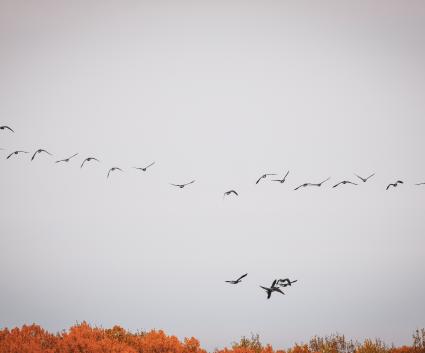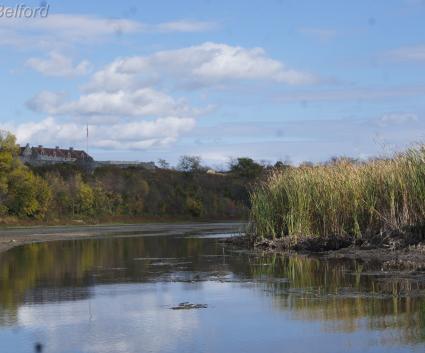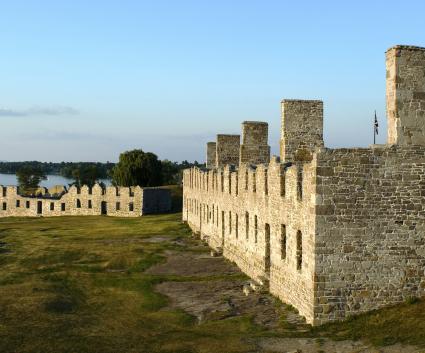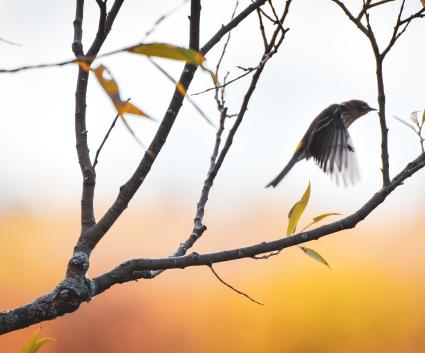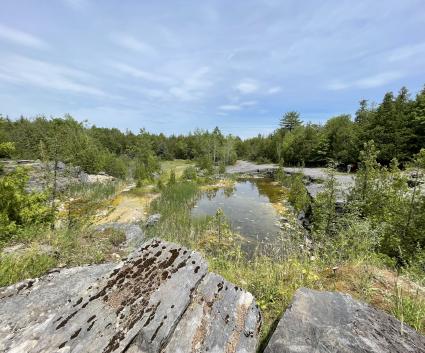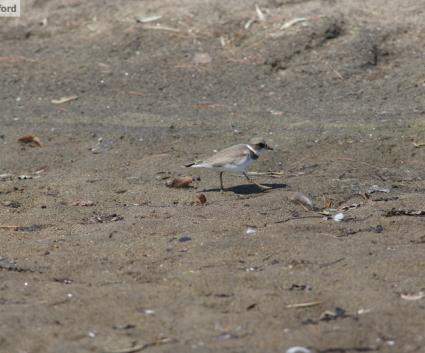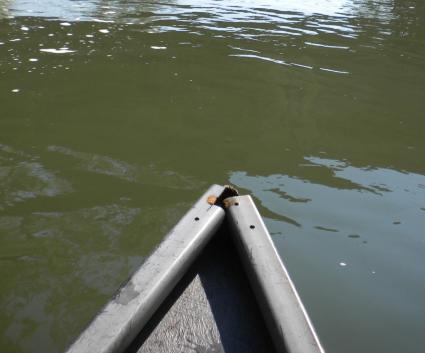Of melting snow and frozen ice
The first changes that come with spring are always exciting. I had to meet someone in Plattsburgh this week and I took advantage of the trip and the beautiful spring weather to look for birds along the Adirondack Coast. The valley will soon be devoid of snow as the warmer temps melt most of what was on the ground, but Lake Champlain will remain cold and locked for some time, as it did for much of the winter.
Searching for ducks and gulls
My friend and I targeted places where the ice is proving vulnerable, starting at the mouth of the Saranac River, where he had found an Iceland Gull the previous day. He had also seen a Glaucous Gull in the same general vicinity and we were hoping to turn up one of these uncommon species. We saw neither species, and we looked over the common species in the open water which included a few Greater Scaup. Our next stop was the Cumberland Head Ferry Terminal where the open ferry lanes are growing wider with the warm southerly winds. The terminal has been great for ducks of late with a pair of Barrow’s Goldeneye being seen regularly up until several days ago, a one-day visit from a Harlequin Duck, and several Northern Pintail, among others. As the changing fate of migration birding would have it, we saw none of these species either, but still had many scaup, Ring-necked Ducks, Common Goldeneye, Red-breasted and Common Mergansers, and Gadwall to join the American Black Ducks and Mallards.
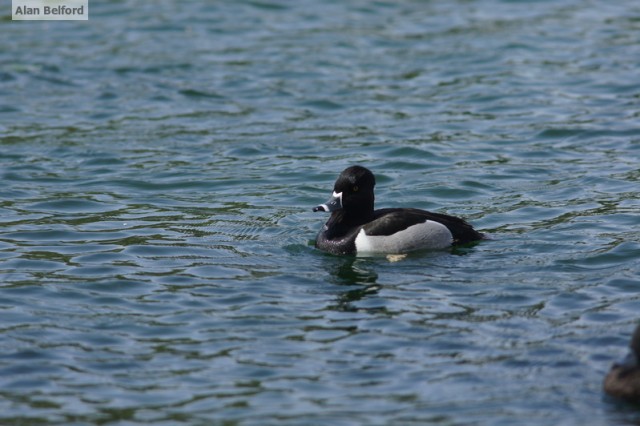
Arriving songbirds and raptors
My friend had to return home, but I continued north along the valley. Songbirds are only just beginning to arrive, but all day long I saw recent migrants to the area such as Red-winged Blackbirds, Common Grackles, American Robins, a few Song Sparrows, and Brown-headed Cowbirds. Common species or not, after a long, cold winter it was fun to see some different birds. There were also raptors. As I drove north I saw at least two Northern Harriers — one near Cumberland Head and the other near Chazy — a few Red-tailed Hawks, an American Kestrel, and good numbers of Turkey Vultures — all recently arrived from further south.
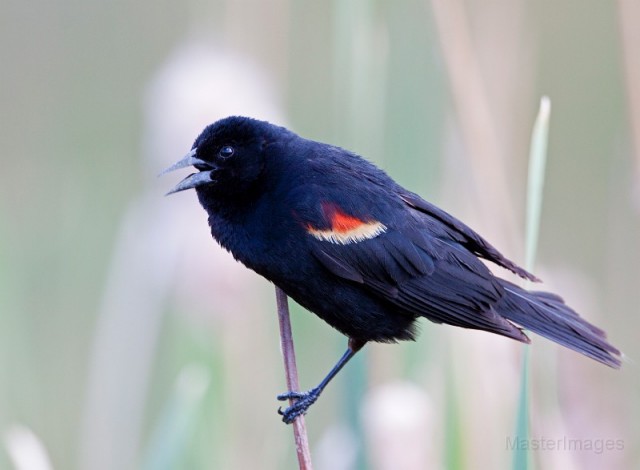
I took a quick and very muddy walk at King’s Bay Wildlife Management Area on Point Au Fer, and then moved further north toward Rouses Point. Flocks of Snow Geese sat out in open gaps of water on the lake, and line after line of Canada Geese flew overhead. In fact, Canada Geese were moving all day long along the lake valley, chugging on laboring wings and buoyed by the hope of finding a hole in the lake. They were in luck because Rouses Point was largely open.
Rouses Point and a Greater White-fronted Goose
I scoped the water and found a similar diversity of ducks to that which I had seen at Cumberland Head, adding Lesser Scaup and Hooded Merganser to my list. I stopped at the pull-off on the bridge to look at the water and watched a group of about fifty Tree Swallows which kept landing on the ice to take a drink. They didn’t seem to want to stay on the ice for long, but they kept coming back for another sip. A Sharp-shinned Hawk cruised across the water in the low, slanting rays of the sun and I finally turned my car south toward home.
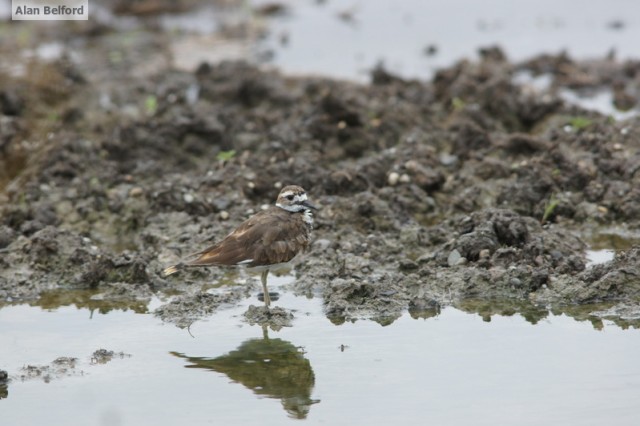
I wound my way back, briefly looking for geese overhead and in fields, hoping I could find an uncommon species mixed into all the Canada Geese. With such a large number moving, my odds weren’t all that bad. But I only found Canadas. My aspirations of finding an uncommon species were not unfounded, however. After returning home I found out that a few birders looking at geese on Crown Point had found a Greater White-fronted Goose in a small flock of Canadas. I suppose that could be another example of a bird I missed that day, but such is the luck of finding birds during migration. The exciting thing to me is the potential of finding such species during this time of year. As to that goose, the bird may get stuck for a few days with cold weather predicted or it may have already headed north on its journey. So I’ll have to get down to the valley again soon to see if our paths can intersect. If not, I’m likely to find something else of interest. After all, the species composition changes daily during migration — and it is only just beginning.
If you are interested in planning a Lake Champlain birding trip, check out the dining, lodging, and birding pages.

